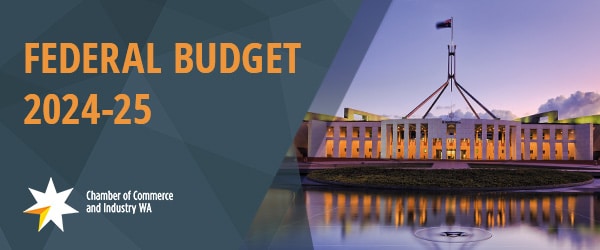Move over Nightrider, modern trucks can now communicate with their surroundings and it won’t help them fight crime – it’s going to revolutionise freight transport as we know it.
Engineering firm WSP’s Intelligent Transport Executive Pascal Felix says vehicle to infrastructure technology already exists and once embraced will make freight transport more efficient and cities smarter.
In the case of freight transport, Felix says the technology works by allowing the road provider to find out where trucks are through sensors adjust traffic flow by, for example, changing traffic lights to green, which might be familiar to those who have seen the Jim Carrey film Bruce Almighty.
“It allows the road provider to make some decisions on where they need to focus their efforts to make sure, from a freight perspective, the corridor is as free as possible,” he says.
“It’s about having that ecosystem; the driver can know at what point they should leave the point of origin to get to their destination by allowing for green light corridors and allowing the vehicle to talk to infrastructure to be able to create that efficiency on the network.
“It’s about reducing congestion but also providing an opportunity for freight corridors to be optimised.”
He says everyone wins when roads and the vehicles that drive on them are smarter.
“There is a direct correlation between cost of transportation to the cost of goods because that’s going to be passed on,” Felix says.
“If you provide a more efficient and productive network then that will lead to cheaper produce or cheaper goods at the front door.
“It’s a relatively small cost because your rate of return on investment, I think, is quite high.
“From the community point of view you have less congestion on the road, especially on major freight roads because we’ve got bigger and heavier trucks in WA.
“Closer to the metro area it takes them either a long time to get up to speed or they’re slowing down a lot further at lights because they’re so much bigger. If you provide a far more efficient network then you don’t have the concertina effect of cars having to stop or slow down because you’ve got more flow through.”
While the technology is available now, it requires the embrace of both government and freight operators, Felix says.
“There are trials occurring on the east coast where buses or emergency vehicles are being tested for green light corridors, so it doesn’t really matter whether it’s an ambulance, truck or bus, the technology is the same.
“WA has got fairly flexible legislation that will allow trials to occur, and freight is attractive because there are tangible productivity benefits almost immediately.”









